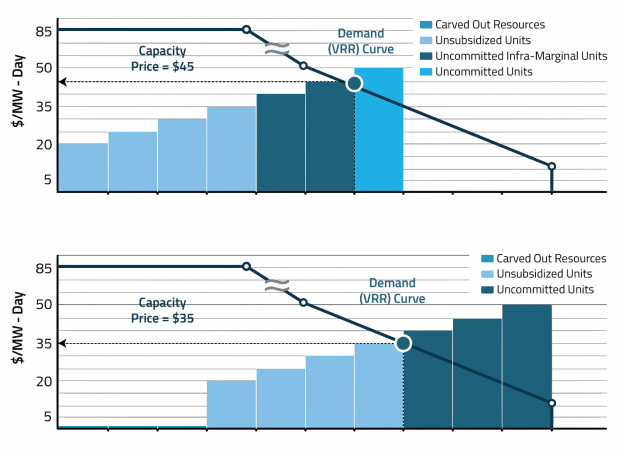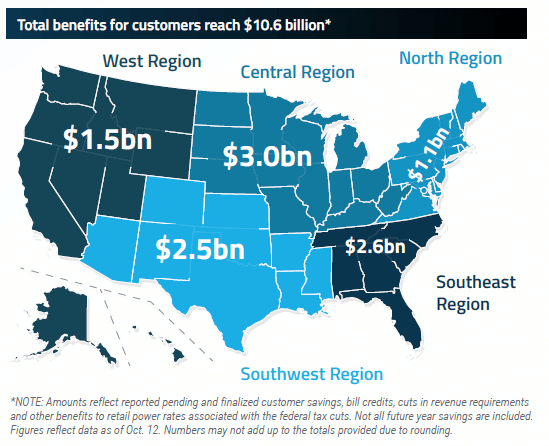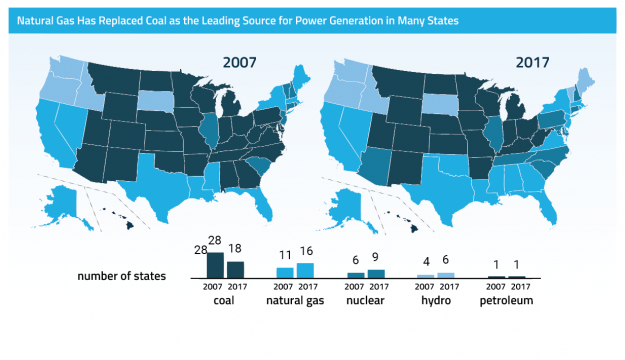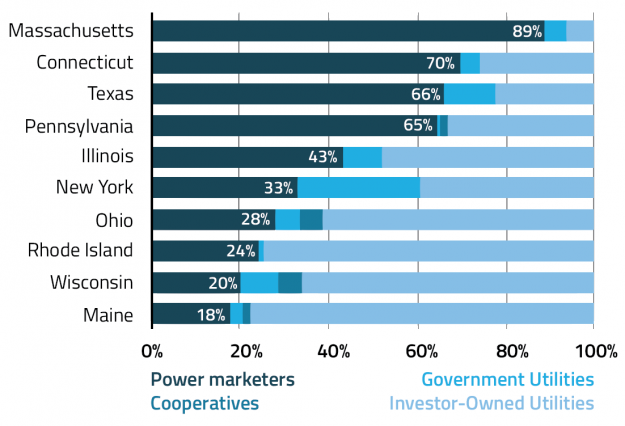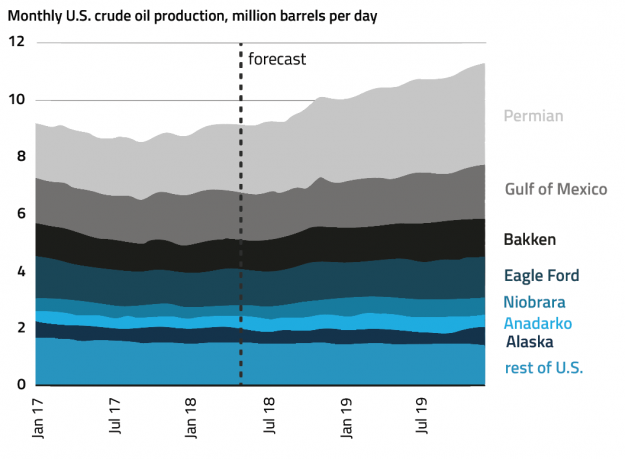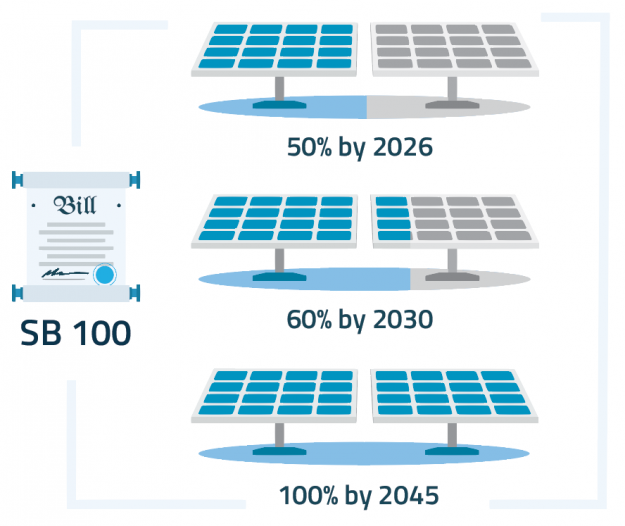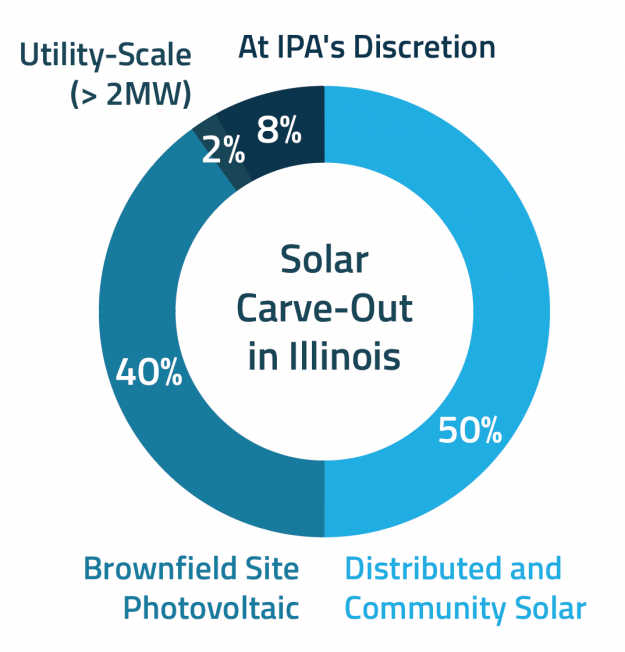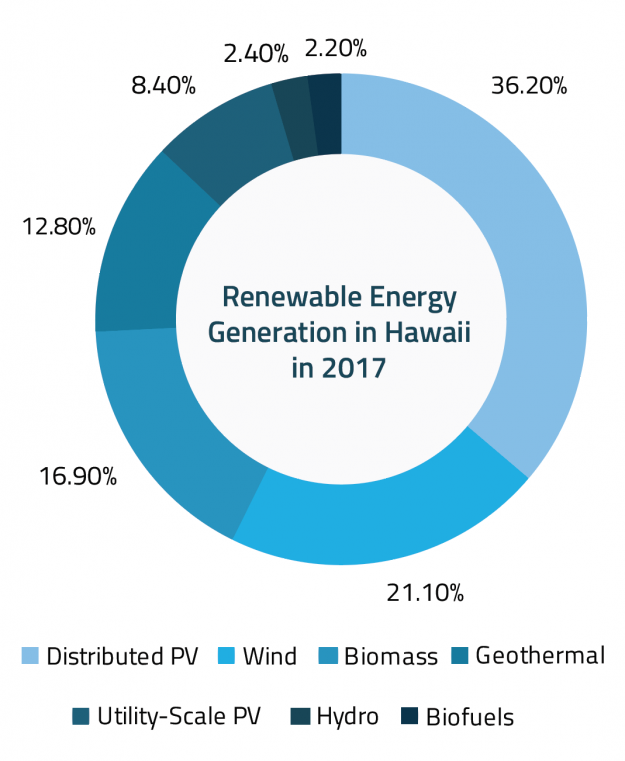EnerKnol’s Visual Primer – Mid Atlantic Power Market Gears Up for Reforms as Debate Over Subsidized Resources Intensifies
PJM Interconnection LLC is at the crossroads for capacity market reforms as participation of sources receiving out-of-market state revenues continues to grow. Significant debate around the issue of price suppression from subsidized resources culminated in the Federal Energy Regulatory Commission's invalidation of PJM’s capacity market rules. Several states have opposed the premise arguing that the threat from subsidies is overstated and sweeping changes would unlawfully intrude on state energy policies. Following the FERC directive which rejected PJM’s changes proposed in April, the grid operator on Oct. 2 unveiled a plan which would address price distortion while advancing state policy interests.
